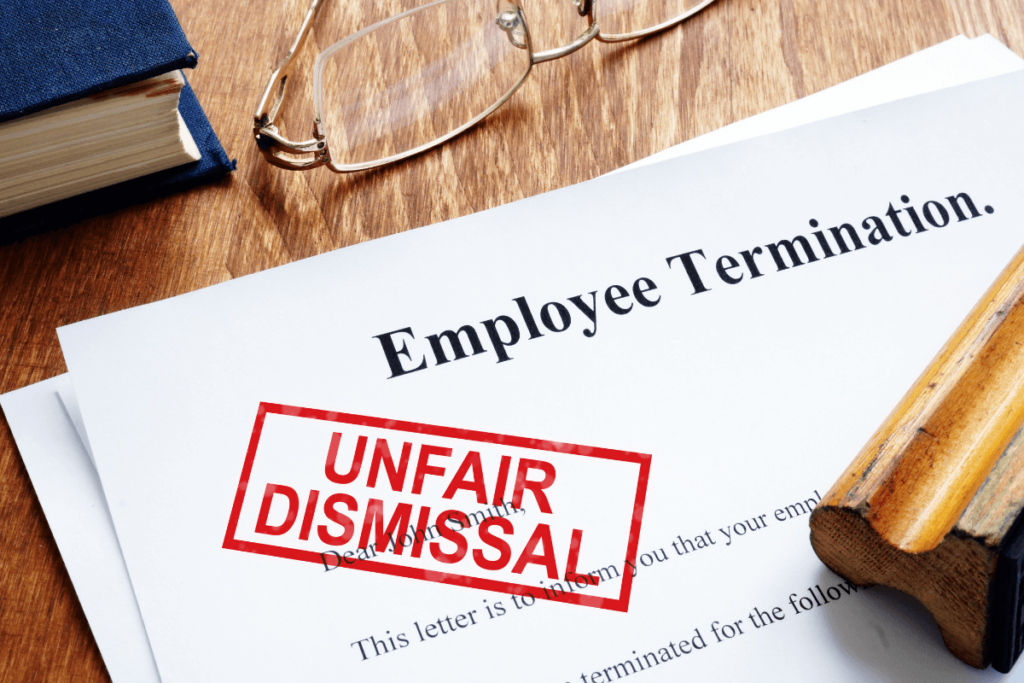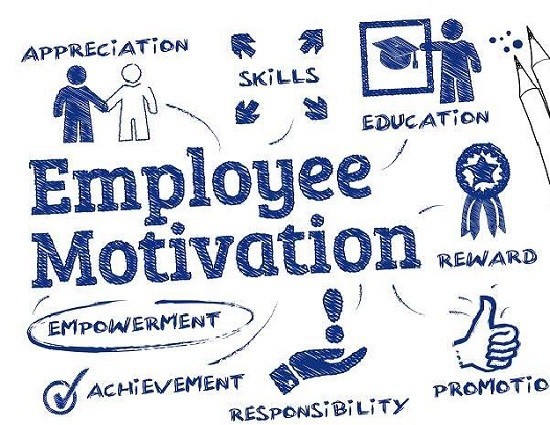
How to Terminate Employee Due to Poor Performance
April 19, 2024 – SourceCandidates.com
Comprehensive Guidelines for Handling Employee Termination Due to Poor Performance
How to terminate employee for poor performance
In recent times, instances like the viral TikTok video depicting an employee’s surprise termination have shed light on the importance of how to terminate employee for poor performance with care and transparency. Employers need to establish clear protocols and best practices to ensure fairness, open communication, and legal compliance throughout the termination process. Here, we outline comprehensive guidelines for managers and HR professionals to follow when considering firing an employee for poor performance.
- Maintain Detailed Documentation of Performance Issues: It’s essential to consistently document instances of poor performance as they occur. Utilizing HR systems like Rippling can help in tracking feedback and performance evaluations. Managers should schedule regular one-on-one meetings with underperforming employees, clearly outlining performance concerns and documenting these discussions for future reference.
- Facilitate Ongoing Performance Discussions: Annual performance reviews alone are insufficient for addressing performance issues effectively. Employers should encourage regular, frequent performance discussions throughout the year. These conversations should provide constructive feedback, identify areas for improvement, and collaboratively develop action plans to support the employee’s professional development.
- Provide Specific Examples and Expectations: During performance reviews, managers and HR professionals must offer specific examples of subpar work and articulate clear expectations for improvement. By illustrating the gap between current performance and desired outcomes, employees gain a better understanding of what is required to meet expectations.
- Seek Legal Guidance Before Termination: Consulting with legal counsel before terminating an employee is crucial, particularly if the employee has a history of positive reviews or is covered by a contractual agreement. Legal advisors can provide guidance on compliance with employment laws, mitigating the risk of wrongful termination claims, and ensuring adherence to internal policies and procedures in how to terminate employee for poor performance.
- Explore Alternatives to Termination: Employers should explore alternative solutions when considering how to terminate employee for poor performance, such as implementing a Performance Improvement Plan (PIP), before resorting to termination. A PIP outlines specific goals and actions for the employee to address performance deficiencies, providing an opportunity for improvement and retention.
- Conduct Transparent and Empathetic Terminations: If termination becomes necessary, employers must conduct the process with transparency, empathy, and professionalism in how to terminate employee for poor performance. Clearly communicate the reasons for termination, answer any questions the employee may have, and provide support resources, such as career coaching, to assist with the transition. Maintaining dignity and respect throughout the termination process can help minimize legal risks and mitigate the potential for negative fallout, including social media backlash.
- Emphasize Firmness Balanced with Empathy: Balancing firmness with empathy is essential during termination discussions. While upholding company standards and policies, managers should demonstrate empathy and compassion toward the departing employee. Providing a supportive environment can help alleviate the stress and emotional impact associated with job loss.

By adhering to these best practices on how to terminate employee for poor performance, employers can navigate the process of terminating an employee for poor performance with professionalism, fairness, and respect for all parties involved. Establishing clear communication channels, documenting performance issues, and prioritizing employee well-being contribute to a positive organizational culture and minimize the risk of legal disputes and reputational damage.






Responses